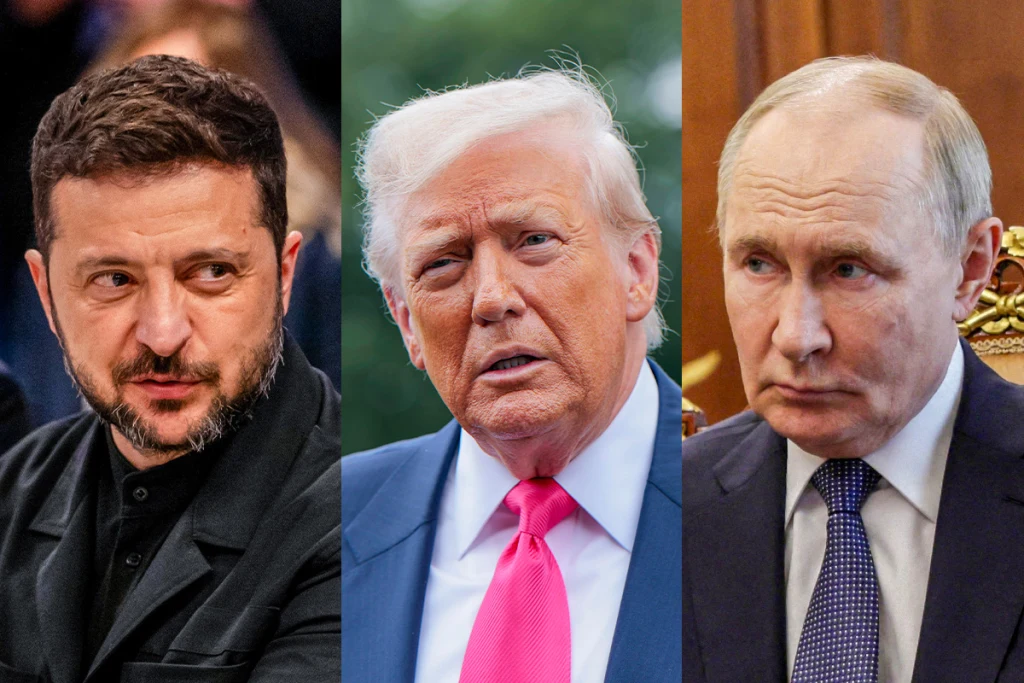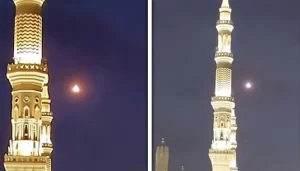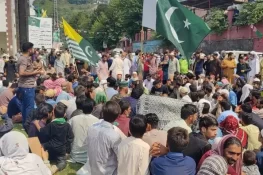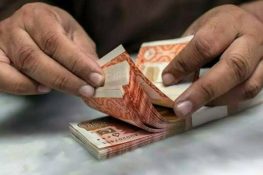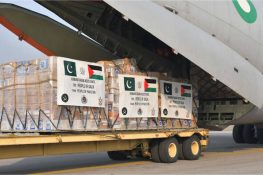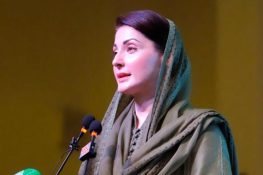Trump Calls for Peace Through Lessons from South Asia
Former US President Donald Trump has urged Russia and Ukraine to draw lessons from the ceasefire agreement between India and Pakistan. Speaking to reporters at the White House, Trump expressed confidence that Moscow and Kyiv could reach a peace deal if they followed examples of successful de-escalation.
His comments came after what he described as a “positive and constructive” meeting with Russian President Vladimir Putin. According to Trump, discussions centered on ways to end hostilities in Ukraine and explore frameworks for long-term stability in the region.
Proposal for Multi-Party Talks
Trump revealed that his next meeting could potentially include not only Putin and Ukrainian President Volodymyr Zelensky, but also several European leaders. Such a gathering, he suggested, would aim to accelerate negotiations, build trust, and explore compromises that could halt the ongoing war.
“I believe peace is achievable,” Trump said. “The India–Pakistan ceasefire showed that even in tense situations, dialogue can prevent escalation.”
Drawing Parallels with India-Pakistan Ceasefire
Trump cited the 2021 reaffirmation of the Line of Control ceasefire between India and Pakistan as an example worth emulating. At the time, cross-border tensions had risen sharply following military incidents, including the downing of fighter jets. However, both countries stepped back from the brink of full-scale war.
“Had they not contained the conflict, the loss of life could have been in the millions,” Trump said, noting that the South Asian rivals managed to de-escalate despite deep mistrust.
The India–Pakistan ceasefire, brokered through backchannel diplomacy, is still largely holding, reducing casualties and restoring some stability along one of the most militarised borders in the world.
Historic Alaska Meeting
The Trump–Putin meeting took place in Alaska, marking the first direct talks between a sitting US president and his Russian counterpart since 2021. The location, neutral and symbolic, was chosen to ease tensions and signal openness to dialogue.
Observers say the meeting’s significance lies in its potential to break a long diplomatic freeze. Relations between Washington and Moscow have been severely strained since the Russian invasion of Ukraine in 2022, which triggered sweeping Western sanctions and extensive military aid to Kyiv.
US Treasury’s Warning to India
In a related development, the US Treasury Secretary issued a warning to India during the same period. The official cautioned that if ongoing trade negotiations with Washington failed, additional tariffs could be imposed.
Such a move could raise the total duty on certain Indian exports to 50%, potentially impacting billions of dollars’ worth of trade. While not directly linked to the Russia–Ukraine talks, the statement reflects Washington’s broader willingness to use economic tools in foreign policy.
A Push for Diplomacy Amid Intensifying Conflict
The war in Ukraine, now in its third year, has resulted in tens of thousands of deaths and the displacement of millions. Despite Western sanctions and continued fighting, neither side has made decisive gains in recent months.
Trump’s remarks highlight a growing international desire for a negotiated settlement rather than a prolonged war of attrition. By referencing India and Pakistan’s ability to contain conflict, he sought to frame peace as both possible and pragmatic.
Looking Ahead
It remains unclear whether Trump’s suggested talks — potentially involving leaders from Russia, Ukraine, and Europe — will materialise. Any negotiations would face deep political, territorial, and security challenges.
However, his approach underscores a central point: even bitter rivals have found ways to halt fighting, at least temporarily. The question for Moscow and Kyiv is whether they can do the same before further loss of life and destruction make peace even harder to achieve.

